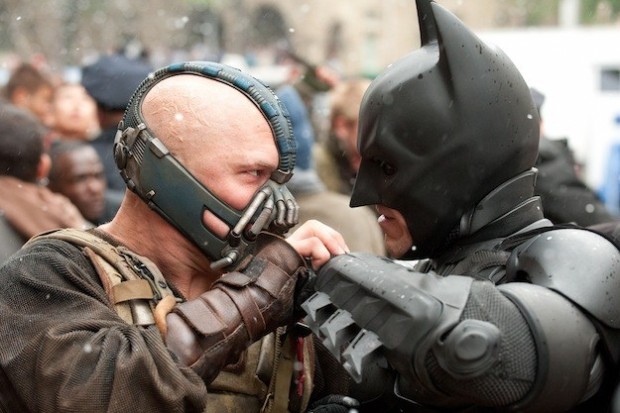The Revenant review
by Luke Jones
Is this Leo’s year? Will Alejandro G Iñárritu
add to last year’s Best Director win? Is Emmanuel Lubezki going to make it
another year of Cinematography heartbreak for Roger Deakins? There’s so much
award talk around the Revenant that
it’s easy to forget the film in the middle. Luckily it’s a pretty decent
offering, a B-movie revenge flick given A-list status by the considerable
talents of those involved.
 The Revenant’s production has already taken its place among other troubled nature-based
productions such as Deliverance and Fitzcarraldo. Stories of the budget
running over, of costly moves from Canada to Argentina and of crewmembers
openly revolting at the harsh conditions have been forthcoming over the past
year. Yet the result is an undeniably beautiful creation, given extra weight and
tactility by the knowledge that it was, mostly, shot in camera using natural
light. It’s early to say, but I’ll be surprised if there’s a more visceral experience
in cinemas in 2016.
The Revenant’s production has already taken its place among other troubled nature-based
productions such as Deliverance and Fitzcarraldo. Stories of the budget
running over, of costly moves from Canada to Argentina and of crewmembers
openly revolting at the harsh conditions have been forthcoming over the past
year. Yet the result is an undeniably beautiful creation, given extra weight and
tactility by the knowledge that it was, mostly, shot in camera using natural
light. It’s early to say, but I’ll be surprised if there’s a more visceral experience
in cinemas in 2016.
Loosely based on true story, at its most basic the Revenant is the story of a man
driven by revenge to hunt down those who done him wrong. Tom Hardy gives good
villain, his John Fitzgerald another addition to his mumbly CV. Will Poulter
continues to be the best thing in every scene he’s in. Domhnall Gleeson is
surely due a nap after this, The Force Awakens,
Brooklyn and Ex Machina in the
last year. But this is Leo’s film, his character’s tribulations matched by the extraordinary
trials that DiCaprio put himself through. It’s effective, his character Hugh
Glass becoming as much a force of nature as the trees and mountains around him.
It’s also wonderfully physical, with little dialogue needed to sell Glass’
mental state. But is it acting? After all, when you’re eating raw bison liver
it’s not a stretch to look like someone eating raw bison liver. Ditto for
climbing out of a freezing cold river. It feels like Leo’s year, his turn, but
for my money his best performance remains the magnetically evil Jordan Belfort
in Wolf of Wall Street.
It will be hard to argue if Iñárritu walks away
with a little golden man. His trademark long camera takes thrust you into the
centre of the action, whether its an attack by native Americans or a
heart-in-mouth escape from French traders. A mano-a-mano tussle late on is
probably the best representation of the clumsy brutality of a fight since Colin
Firth did Hugh Grant at the end of Bridget
Jones’ Diary. If Iñárritu’s tendency for pretentiousness kicks in from time
to time (the last shot is the definition of auteur wankery) he makes up for it
with some brilliantly assured action cinema. The bear attack will get a lot of
attention, and for good reason; despite looking like a rubbery CGI bear you
will wince at every bite and rake of claw.
I’m not even going to talk about Lubezki’s
shooting; suffice it to say you could take any still from this film and it
would be a contender for National Geographic’s nature shot of the year. MVP has
to go to Supervising Sound Editor and Sound Designer Martín Hernández, for
creating a soundscape that justifies paying half a day’s wage to find the
cinema with the best sound system available. Every drop of water, every arrow, every
lip-smacking mouthful of bison liver… it’s both the most tranquil and most
brutal headspace podcast you’ll ever listen to.
I left the
Revenant two days ago inclined to dislike it. I like my B-movies lean and
mean, not two and a half hours long with more nature shots than a photographer
on a nudist beach. But somehow, not unlike its protagonist, it’s stayed with
me. For all its epic majesty, the
Revenant is a curiously intimate film. It wants to reach out of the screen,
make you feel the cold, the dirt, the smells of the old frontier. In return, it
deserves to feel what a few of those Oscar statuettes feel like.


Comments
Post a Comment